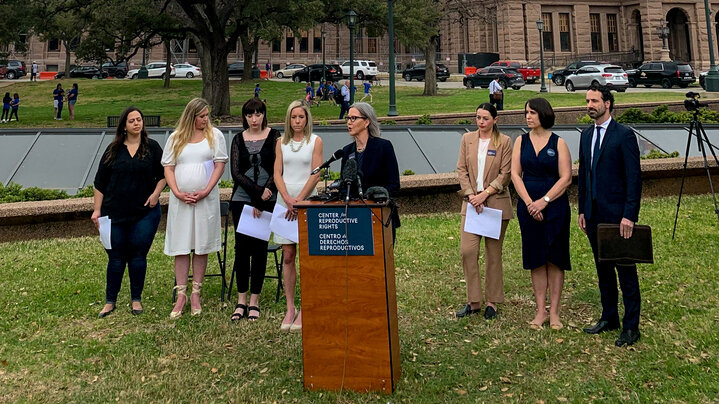Have you ever considered the scope of social welfare programs in the United States, such as the Temporary Assistance for Needy Families (TANF) program? As you reflect on the impact of TANF and its role in supporting low-income families, you may start to wonder about the sheer number of similar initiatives operating nationwide. The complexity and diversity of these programs might surprise you, prompting a deeper exploration into the extensive network of social welfare initiatives that underpin the nation’s safety net.
Overview of Federal Welfare Programs
The landscape of federal welfare programs in the United States encompasses a diverse array of initiatives aimed at supporting various segments of the population. Program eligibility criteria vary across different programs, with factors such as income level, family size, and specific needs determining access. Benefit recipients include low-income individuals, families with children, elderly citizens, and people with disabilities. Government data on program effectiveness is crucial for assessing the impact of these initiatives on poverty reduction, healthcare access, and overall well-being.
Budget allocation plays a significant role in determining the reach and effectiveness of federal welfare programs. Funding is distributed among various programs based on priorities, needs, and historical spending patterns. Program expansion is a key consideration for policymakers looking to address emerging social challenges and provide support to vulnerable populations. Evaluating the success of program expansions and their impact on beneficiaries is essential for guiding future policy decisions and resource allocation.
Key Social Welfare Programs
Analyzing the landscape of social welfare programs in the United States reveals a diverse array of initiatives aimed at supporting various segments of the population.
- Food Assistance: Programs like SNAP and TANF provide families with the means to purchase essential food items, ensuring nutritional support for those in need.
- Healthcare Coverage: Medicaid stands out as a crucial program offering free or low-cost healthcare to millions of low-income families and children, addressing their medical needs.
- Financial Support: SSI and EITC play vital roles by offering monthly cash benefits to individuals with limited work ability and providing refundable tax credits to low-earning workers, respectively.
- Direct Payments: Federal programs such as Social Security Administration and VA administer direct payments to individuals in the form of retirement, disability, and survivors benefits, ensuring financial stability.
- Territorial Programs: Territories like Puerto Rico and the U.S. Virgin Islands participate in various federal support programs, such as Unemployment Compensation and Title IV-E, extending assistance to residents in these regions.
Breakdown of Welfare Spending
Let’s delve into the allocation of funds within the realm of welfare spending in the United States. In 2022, federal spending on welfare programs totaled $1,285.4 billion. Medicaid accounted for approximately half of this expenditure, with a budget allocation of $570.7 billion. The Earned Income Tax Credit (EITC) and Child Tax Credit together received $269.6 billion, while the Supplemental Nutrition Assistance Program (SNAP) represented a significant portion at $148.5 billion. Supplemental Security Income (SSI) also received notable funding, amounting to $67.7 billion. Housing Assistance programs were allocated $80.7 billion. The breakdown highlights the significant budget allocation disparities among different welfare programs, impacting various demographics. Understanding these spending patterns is crucial for assessing program effectiveness, demographic impact, policy implications, and ensuring future sustainability. Analyzing the distribution of funds sheds light on the priorities and challenges within the welfare system, guiding discussions on optimization and equitable resource allocation.
Specific Assistance Programs
With over 80 low-income assistance programs in the United States, a diverse range of specific assistance programs cater to various demographic needs.
- Food assistance
- Programs like SNAP and TANF provide support for purchasing food products.
- Children in schools receive food and milk assistance through these programs.
- In 2020, beneficiaries received an average of $155 per person monthly.
- Healthcare coverage
- Medicaid offers healthcare to low-income families and children.
- It funded births and serves as a comprehensive healthcare program.
- In the previous year, Medicaid assisted 77 million individuals.
- Financial support
- Supplemental Security Income (SSI) provides cash benefits to individuals with limited work capacity.
- EITC offers tax credits to low-earning workers, potentially amounting to $5,920 annually.
- SSI supported 7.9 million individuals as of January 2021.
- Direct payments
- Social Security Administration and other agencies administer retirement, disability, and survivor benefits.
- Means-tested cash assistance is provided by SSI without work requirements.
- Territorial programs
- Territories like Puerto Rico and the U.S. Virgin Islands participate in programs like Unemployment Compensation and child support enforcement.
Federal-State Welfare Initiatives
Federal and state collaboration in welfare initiatives plays a crucial role in supporting vulnerable populations across the United States. State collaboration ensures that federal funds are utilized effectively to address the needs of local communities. Funding allocation in these initiatives is based on various factors such as population size, poverty levels, and specific program requirements. Eligibility criteria are designed to target those most in need, ensuring that resources are directed towards individuals and families who require assistance the most. Program effectiveness is regularly assessed to determine the impact of welfare initiatives on improving the well-being of recipients. Impact assessments help policymakers make data-driven decisions to enhance the efficiency and outcomes of these programs. By working together, federal and state governments can create a more comprehensive and responsive social safety net that addresses the diverse needs of individuals and families across different states.




